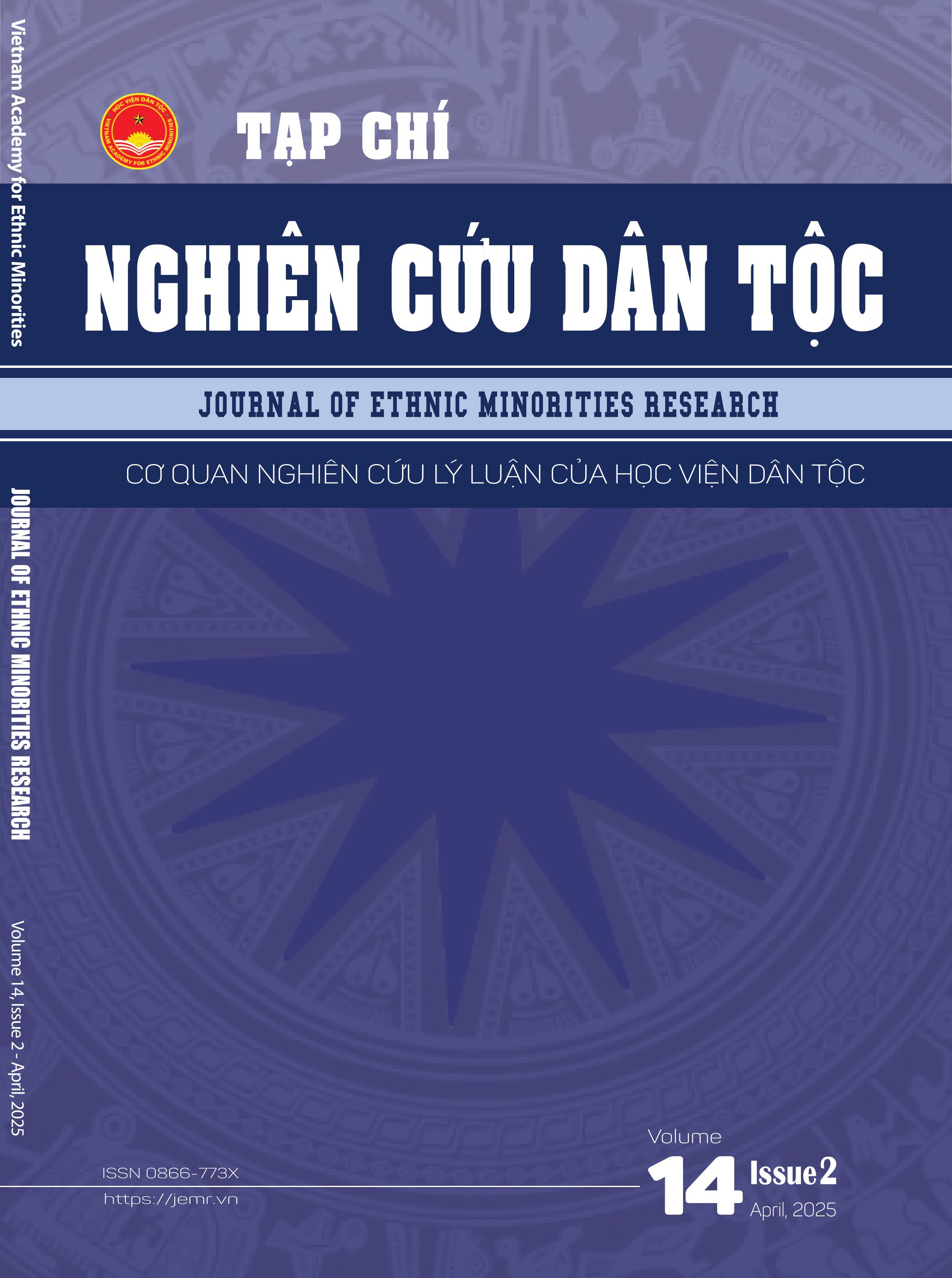METHODS OF TEACHING PIANO TO CHILDREN
DOI:
https://doi.org/10.54163/ncdt/448- Keywords:
- Teaching piano
- Teaching methods
- Children
Abstract
The article analyzes effective piano teaching methods, especially performance methods and practice instructions, two important methods to help children develop their playing techniques and musical appreciation. Learning the piano not only helps children develop musical ability but also plays an important role in aesthetic and moral education. Through practice and performance, children learn patience, discipline, responsibility and teamwork. Besides, music also helps children develop emotions, increase self-confidence and social communication skills. In addition, learning piano also contributes to promoting intellectual development, especially the ability to think logically, concentrate and remember. The article emphasizes the importance of music education in building personality and creating cultural foundation for children. From there, it is affirmed that teaching piano is not simply about imparting piano playing skills but also brings comprehensive benefits to children’s development
References
Anh, N. M. (2007). Sự phát triển nghệ thuật Piano Việt Nam. Luận án tiến sĩ Nghệ thuật học.
Bình, N. L., & cộng sự. (2005). Dạy và học tích cực - Một số phương pháp dạy và kỹ thuật dạy học. Hà Nội: Nxb. Đại học Sư phạm.
Bình, N. T. (2006). Lý luận giáo dục học Việt Nam. Hà Nội: Nxb: Đại học Sư phạm.
Chung, L. V., & cộng sự. (2016). Cẩm nang phương pháp sư phạm. Thành phố Hồ Chí Minh: Nxb. Tổng hợp.
Dũng, H. (2008). Phương pháp Hoa hồng (Methode rose). Đà Nẵng: Nxb. Đà Nẵng.
Dũng, L. (2017). Piano cho thiếu nhi - Tuyển tập 220 tiểu phẩm nổi tiếng phần 1, 2, 3, 4. Hà Nội: Nxb. Dân trí.
Hòa, P. L. (2004). Phân tích tác phẩm âm nhạc. Hà Nội: Nxb. Âm nhạc.
Hộ, N. V. (2002). Lý luận dạy học. Hà Nội: Nxb. Giáo dục.
Vượng, P. V. (2014). Giáo dục học. Hà Nội: Nxb. Đại học Sư phạm.


